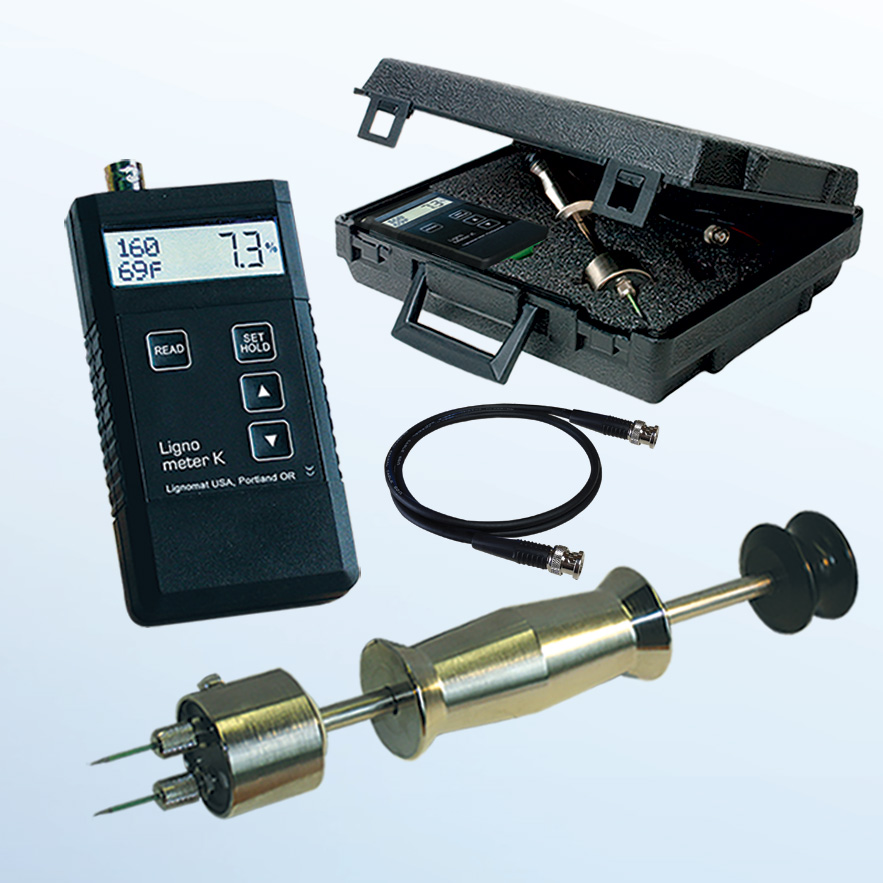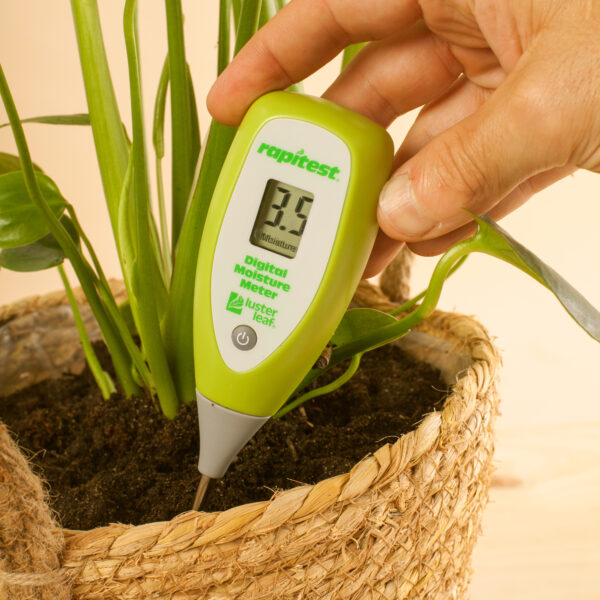How a Moisture Meter Can Enhance Your Building And Construction Tasks and Prevent Damage
How a Moisture Meter Can Enhance Your Building And Construction Tasks and Prevent Damage
Blog Article
Explore the World of Moisture Meters: Everything You Required to Know
In the realm of wetness meters exists a world of accuracy and practicality that typically goes undetected. Comprehending just how moisture meters operate, the different kinds available, and their diverse usages can shed light on their significance in making certain quality and performance.
How Moisture Meters Work
Moisture meters operate by gauging the electric conductivity or capacitance of materials to figure out the dampness content present. These meters are vital devices across various markets, consisting of woodworking, farming, and construction. By utilizing different techniques such as pin-type or pinless innovation, dampness meters give accurate analyses that help professionals make informed decisions.
Pin-type dampness meters function by placing the sharp pins into the product being examined. On the various other hand, pinless wetness meters use electromagnetic signals to check a bigger location without causing any damages to the material's surface area.
No matter of the technique made use of, dampness meters play a critical function in avoiding issues such as mold development, structural damage, or item problems triggered by excess dampness. Comprehending how these meters job is crucial for making sure the high quality and honesty of products in various applications.
Sorts Of Moisture Meters
Provided the crucial duty wetness meters play in numerous markets, it is necessary to understand the various types offered to professionals for properly evaluating dampness levels - Moisture Meter. There are mostly two primary sorts of wetness meters: pin-type and pinless wetness meters

On the other hand, pinless dampness meters use electro-magnetic sensor plates to check a larger area of the product without causing any kind of damage. This kind is suitable for swiftly scanning large areas and is generally utilized for floor covering, walls, and ceilings. Pinless meters are practical for taking analyses on finished surfaces without leaving any kind of visible marks.
Both kinds of dampness meters have their advantages and are selected based upon the specific demands of the work at hand. Comprehending the distinctions between these types is vital for professionals to make precise dampness analyses.
Applications Across Industries
With diverse capabilities, dampness meters find extensive application throughout numerous industries, aiding experts in making certain optimum conditions for structures and products. In the farming field, moisture meters are indispensable for figuring out the dampness web content in grains, seeds, and hay, ensuring quality assurance and avoiding mold development. Building specialists depend on wetness meters to examine the dampness degrees in structure products like concrete, drywall, and wood, which is important for preserving structural stability and avoiding problems like rot or mold. The flooring industry makes use of dampness meters to measure the moisture web content in subfloors prior to mounting different flooring, avoiding pricey problems because of excess moisture. In addition, in the food industry, moisture meters are made use of to keep an eye on and regulate moisture levels in products such as grains, nuts, and dried out fruits to preserve quality and top quality. Furthermore, moisture meters play an essential function in the remediation and damage control market by helping specialists resolve and determine water damage in structures quickly. Throughout these varied industries, dampness meters are important tools for making sure the quality, safety and security, and durability of various materials and items.
Tips for Making Use Of Moisture Meters
When determining the wetness web content in numerous materials,Utilize the moisture meter's calibration settings to make sure precise analyses. Calibration is critical for the proper functioning of a moisture meter. Before each use, it is recommended to inspect and change the calibration setups according to the certain product being checked. In addition, make certain the meter is established to the proper dampness array for the product you are gauging to get one of the most exact outcomes.
When making use of a pin-type dampness meter, place the pins to the suitable depth advised for the material being checked. This makes sure that the visit here moisture readings are taken from the correct deepness within the product, offering an extra accurate representation of its dampness material. For pinless moisture meters, bear in mind to preserve proper call with the product's surface to obtain trustworthy readings.
Consistently inspect and replace the batteries in your wetness meter to avoid imprecise readings as a result of low power. When not in use to extend its life-span and maintain its precision, Shop the meter in a safe and completely dry location. By adhering to these suggestions, you can maximize the performance of your wetness meter and get precise wetness web content measurements across various products.
Upkeep and Calibration
To guarantee the precision of dampness content measurements, routine upkeep and calibration of the dampness meter are important steps in its appropriate performance. Upkeep involves keeping the wetness meter tidy and cost-free from debris that could impact its analyses. It is vital to adhere to the manufacturer's guidelines for cleaning to stop damage to the gadget. Furthermore, routine calibration is needed to validate the precision of the analyses. Calibration readjusts the dampness meter to make certain that it gives dependable and constant results.
Calibration must my blog be carried out periodically, especially if the dampness meter is utilized often or in crucial applications where precise dimensions are needed. Numerous moisture meters feature calibration devices or can be calibrated by specialist solutions. Moisture Meter. It is suggested to keep a log of calibration days and results to track the performance of the dampness meter gradually. By calibrating the dampness and preserving meter routinely, users can rely on the accuracy of the dampness material dimensions acquired.
Conclusion

In conclusion, moisture meters play a vital duty in various markets by precisely gauging the moisture content of materials. Comprehending just how these tools work, the different types offered, and correct upkeep and calibration are essential for acquiring trustworthy outcomes. Whether in agriculture, building, or production, the use of moisture meters helps ensure quality assurance and efficiency in processes.

In final thought, moisture meters play an essential role in numerous markets by accurately measuring the dampness material of materials.
Report this page